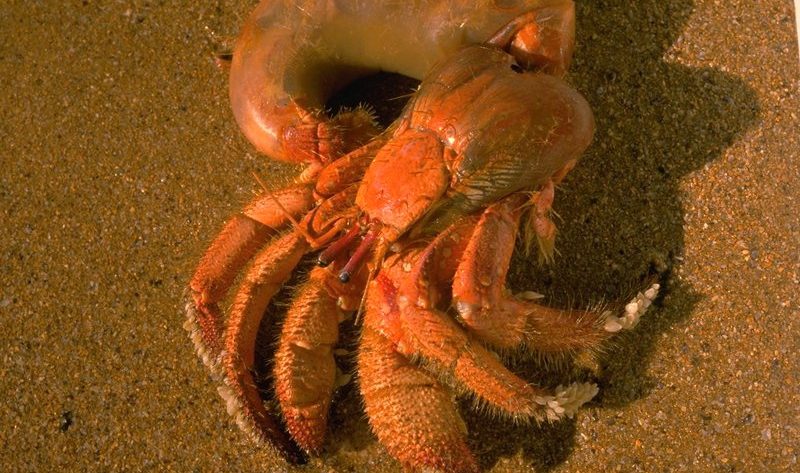It is possible to buy hermit crabs that have already been hermetically sealed (that is, they are encased in their shell). These crabs will generally grow very quickly, but the downside is that their shells won’t be as shiny or colorful. In order to maintain the beauty of their shells, you may want to allow your aquarium or other tank mates to periodically remove their old shells. Don’t do this to your new shell, however; that’s a topic for another article. When you do remove a hermit crab’s old shell, it should be cleaned thoroughly to remove all traces of the crab’s urine and other waste products.
If you have two pairs of hermit crabs, one with its exoskeleton attached to yours, and one without its exoskeleton attached, you can move it to its new home in an effort to restore its “natural” appearance. To do this, simply remove the exoskeleton of the second crab and place it in a glass or plastic container with its exoskeleton still attached. Leave the first crab in its current aquarium or home and gently remove the second crab’s exoskeleton. Then, replace the former shell of the first crab with a brand new one and add a small pinch of lime per gallon to encourage its “natural” growth.
You can also create another hermit crab without a shell-less crab to join your “life long” pets. There are several species of clawed mollusks, including snails and oysters. Often these mollusks are sold as “straws” or “strains” when they really are just fleshy snails that are rarely used as pets. Purchase these animals from a pet shop or a marine aquarium supply store. You can feed them the same way that you feed your regular hermit crabs, by picking up their food in glass or plastic containers and gently removing their exoskeletons at night to allow them to consume it.
If you have any kind of live plants in your tank that don’t come detached from the base, you should consider carefully which ones you remove from the tank before you add them to the mix of live plants. Hermit crabs are not picky about what they ingest, so if you are adding hermit crabs that have shells they aren’t used to, you’ll find that some of the leaves and other debris can severely impact their digestion. This can be especially problematic if you are using silk plant life for your tank. Instead, you might consider only putting the unopened, detached leaves into the tank, as the shells will decompose over time.
Another thing you should take into consideration is proper humidity levels. Some species of hermit crabs actually require more humidity than others, so if your home’s humidity level is particularly low or high, you may want to think about replanting some of the shells in your crab’s habitat. The best way to determine how much humidity is appropriate is by taking a piece of string and wrapping it around the outside of the enclosure (with the shell open) to check the moisture level.
Lastly, when it comes to purchasing or building a hermit crab tank, you should keep in mind that some types of animals have a need for shells that are larger than others. You should choose hermit crabs that are native to your area and have large shells on their bodies. Otherwise, your pet may not survive without shells that are too small to fit their bodies. Many people also opt for decorative shells over healthier ones because they tend to look better on the pet. In the end, it all boils down to personal preference and your investment of time and money.


